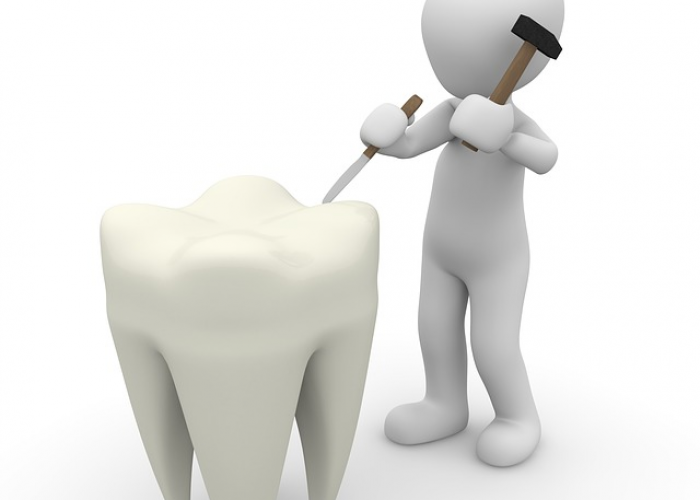Dental Fillings
Types of Dental Fillings
We primarily provide white, or tooth-colored fillings. However, many people still have silver/amalgam fillings in their mouths from years past. These fillings are not particularly pleasing to the eye, and we know that by unavoidable design, silver/amalgam fillings ultimately result in a weaker tooth structure.
Tooth Resoration in Chicago
Tooth-colored restorations are not only unnoticeable but in some cases also add strength to weakened teeth. These restorations are aesthetically pleasing and very strong thanks to new bonding technologies.

Disadvantages of Amalgam fillings
Silver/Amalgam fillings have many drawbacks. The edges of the silver filling can wear down, become weak or break. This results in the tooth not being protected and lets cavities get started once again. With age, the metal of a silver filling expands, contracts, and can split.
Amalgam fillings can corrode, leak and cause stains on your teeth and gums.
Fortunately, silver fillings can safely be replaced with tooth-colored restorations.

Advantages of Tooth-Colored Restorations
There are many advantages to tooth-colored restorations. Composite resin is bonded to the teeth creating a tight, superior fit to the natural tooth. Such restorations can be used in instances where much of the tooth structure has been lost. The tooth remains intact and stronger.
Since the resin used in some tooth-colored restorations contain fluoride, this can help prevent decay. The resin wears like natural teeth and does not require placement at the gum line, which is healthier for your gums!
The result is a beautiful smile!
Ready to Upgrade Your Smile?
Compassionate care. Modern technology. Exceptional results.


